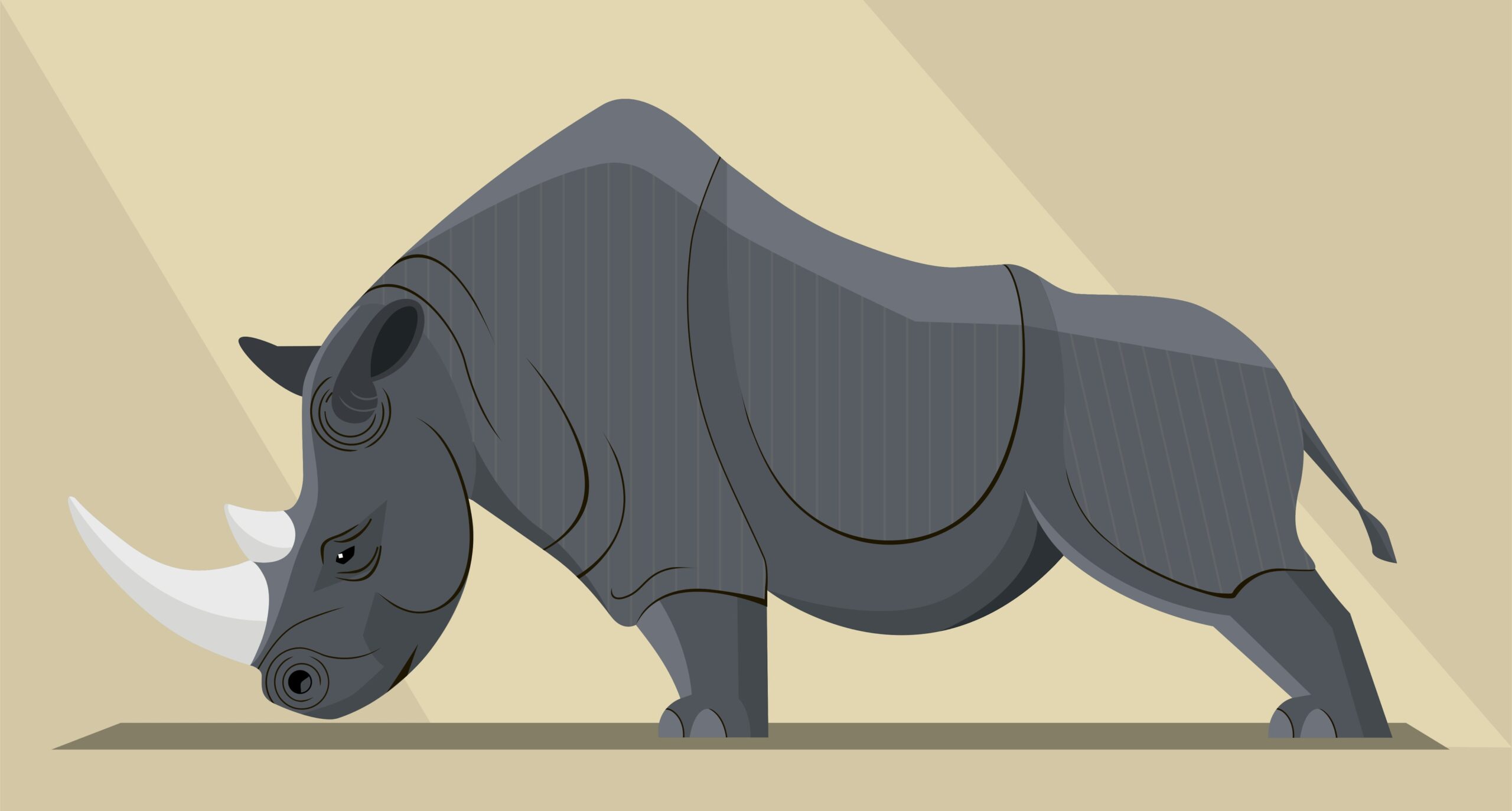Yes, a lean bulk is definitely possible. The goal of a lean bulk is to gain muscle mass while minimizing fat gain. It involves consuming a controlled calorie surplus with a focus on nutrient-dense foods and structured training to promote muscle growth. Here are key strategies to achieve a successful lean bulk:
1. Moderate Calorie Surplus
- Surplus Amount: Aim for a small calorie surplus of around 200-300 calories above your maintenance level. This moderate increase helps provide the extra energy needed for muscle growth without adding excessive fat.
- Monitor Progress: Regularly track your weight and body composition. Aim for a slow, steady weight gain of about 0.5-1 pound (0.25-0.5 kg) per week. Faster weight gain often leads to more fat accumulation.
2. Macronutrient Ratios
- Protein: Consume 1.6.2 grams of protein per kilogram of body weight daily to support muscle repair and growth. Lean meats, eggs, dairy, tofu, legumes, and protein supplements are excellent sources.
- Carbohydrates: Include enough carbohydrates to fuel workouts and recovery. Carbs help maintain training intensity and replenish glycogen stores. Approximately 45-60% of your total daily intake should come from carbohydrates.
- Fats: Dietary fats are essential for hormone production, including testosterone, which plays a role in muscle growth. About 20-30% of your total daily calories should come from healthy fats (e.g., nuts, seeds, avocados, olive oil).
3. Quality of Food
- Focus on whole, minimally processed foods. Include a variety of lean proteins, complex carbohydrates (like oats, quinoa, brown rice), healthy fats, and plenty of fruits and vegetables for vitamins, minerals, and fiber.
- Avoid excess junk food and empty-calorie snacks, as they can lead to unwanted fat gain.
4. Strength Training
- Follow a structured strength training program focusing on progressive overload. Compound exercises like squats, deadlifts, bench presses, and rows are effective for building muscle.
- Aim for a balance of higher rep ranges (8-12) for hypertrophy and some lower rep ranges (4-6) for strength.
5. Cardio and Activity Level
- Incorporate some cardio to maintain cardiovascular health and support calorie management. Opt for moderate cardio a few times a week, such as low-intensity steady-state (LISS) or high-intensity interval training (HIIT), but avoid excessive cardio as it may interfere with recovery and muscle growth.
6. Consistency and Patience
- A lean bulk is a slow and steady process. Being consistent with your diet, training, and tracking progress is essential.
- Adjust your caloric intake based on your progress. If you’re gaining weight too quickly, reduce your surplus slightly. If progress stalls, you may need to increase calories a bit.
By carefully managing your diet, training, and overall activity, you can effectively build muscle while minimizing fat gain, resulting in a successful lean bulk.










